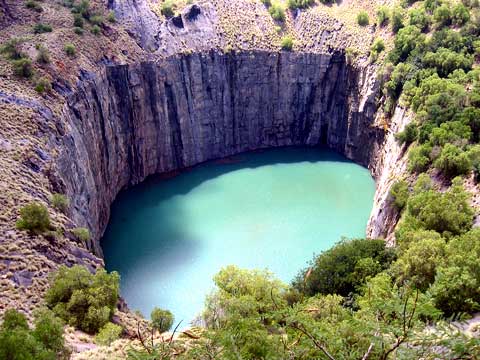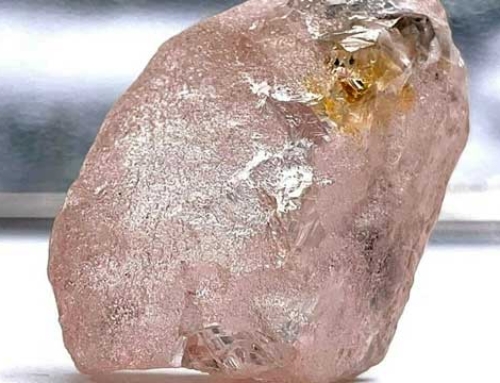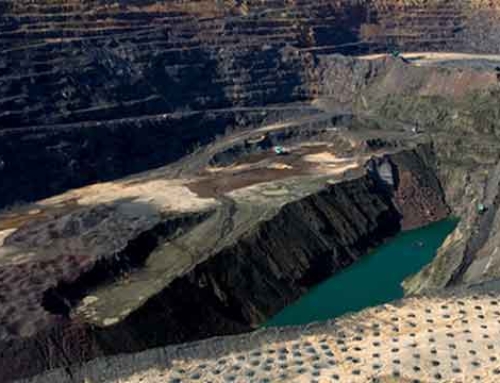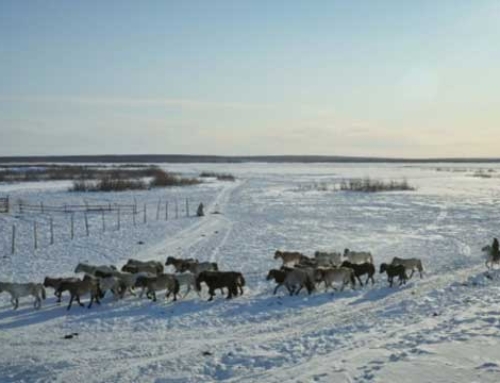Between 24 and 36 tons of diamonds are extracted each year from kimberlite or lamproite rocks in the world. Where are the main diamond mines? Which countries have the largest deposits and the best quality stones?
Diamonds may be rare, but nearly 142 million carats were mined in 2020. Most of the high-quality diamonds discovered since 1870 have come from Africa, including mines in Botswana or South Africa, where the Cullinan, the largest rough diamond ever discovered, was mined. But let’s remember that 80% of diamonds are actually used for industrial purposes and therefore do not need to be huge! As a result, the leading diamond-producing countries are not necessarily the ones you might think of.
1. Russia
2020 production: 23 million carats
Estimated reserves: 650 million carats
Russia has been the world’s largest diamond producer for more than 10 years, thanks in particular to its Udachnaya and Mir mines, not far from the Arctic Circle in the Sakha Republic. The largest Russian diamond ever discovered, named “26th Congress of the Communist Party of the Soviet Union” and weighing 342 carats, was taken out of the Mir mine in 1980. The Alrosa mining company, 33% owned by the Russian state, alone mines 27% of all diamonds in the world, according to Statista.
2. Botswana
2020 production: 16 million carats
Estimated reserves: 310 million carats
Botswana, a country in southern Africa 30 times smaller than Russia, is the world’s second largest diamond producer in terms of carats: its diamonds are larger and of better quality than those mined in Russia. 12 to 15 million carats are extracted each year from the Jwaneng mine, which is owned half by the Botswana government and half by De Beers. Discovered in 1972, it is said to be the most important mine in the world by value.
3. Canada
Production 2020: 13 million carats
Estimated reserves: unknown
The discovery of diamonds in Canada came as a big surprise to geologists, and commercial production only began in 1998. Today, however, the country is one of the world’s leading producers, although some mines have already had to be closed due to particularly difficult operating conditions. Most of the deposits are located in the north of the country, in isolated areas covered by ice for much of the year.
4. Angola
Production 2020: 8.5 million carats
Estimated reserves: unknown
Diamond mining began in Angola over 100 years ago when it was still a Portuguese colony. Most of Angola’s diamonds come from alluvial mines, such as the one in Lulo, in the center of the country, from which sixteen stones of more than 100 carats have already been discovered. Kimberlite seams are also believed to exist, but political instability has long prevented an accurate assessment of potential reserves.
5. South Africa
2020 production: 7.7 million carats
Estimated reserves: 54 million carats
South Africa was the first country to discover diamonds in Africa. Although it is no longer the leading producer, the country remains a major player in the diamond market. Its large dykes and alluvial deposits produce diamonds of exceptional quality, particularly those of a blue color, which are very rare and very expensive. The Cullinan mine, which produced the largest rough diamond ever discovered, has now been supplanted by the Finsch and Venetia mines.
6. Democratic Republic of Congo (DRC)
2020 production: 3.7 million carats
Estimated reserves: 150 million carats
Official diamond production in the DRC is 3.7 million carats, but it is estimated that there are over 700,000 illegal miners in the country. Despite the large production, the value of the diamonds is quite low as only 20% of the stones are of jewelry quality. The diamond veins are numerous but difficult to exploit since it is often necessary to dig more than 30 meters to reach them. In addition, production is essentially artisanal and therefore not very profitable.
7. Namibia
Production 2020: 1.9 million carats
Estimated reserves: NC
The first diamonds were mined in Namibia in 1908, when the country was still under German protectorate. Most of the diamonds are found on the coast, although no lodes have been identified there. As a result, geologists believe that the diamonds came from kimberlites in neighboring South Africa and were transported by rivers. As the seams are gradually being exhausted, the national company Namdeb has begun to explore the deep seabed, from which 12 million carats have already been extracted.
8. Lesotho
Production 2020: 1.1 million carats
Estimated reserves: NC
The Letšeng mine in southeastern Lesotho is considered to produce the world’s best diamonds. A dozen diamonds of more than 300 carats have been extracted from the mine since 2006, including a huge 442-carat yellow diamond in 2020 or the “Lesotho Legend,” a 910-carat stone discovered in 2018. The Mothae kimberlite mine, located just 5 kilometers away and which went into production in 2018, is also known for its very high quality diamonds.
9. Australia
2020 production: 340,000 carats
Estimated reserves: 39 million carats
Australia only began producing its first diamonds in 1981 and quickly established itself as the leading producer of gem-quality diamonds. However, the deposits were soon depleted and production has been steadily declining. The country’s main mine, located in Argyle in northern Australia, closed permanently in 2020. It was known for its pink diamonds, extracted from lamproite pipes, a rock less common than kimberlite.
10. Tanzania
Production 2020: 260,000 carats
Estimated reserves: unknown
Tanzania is Africa’s eighth largest diamond producer, with 260,000 carats mined in 2020. Production is mainly concentrated in the Williamson mine, located in the north of the country about 100 km from Lake Victoria. Discovered in 1940, it has been in continuous operation since then, making it one of the oldest mines in the world still in operation. Its reserves are estimated at about 38 million carats. Among the largest diamonds extracted from this mine is a 388-carat stone discovered in 1990.






